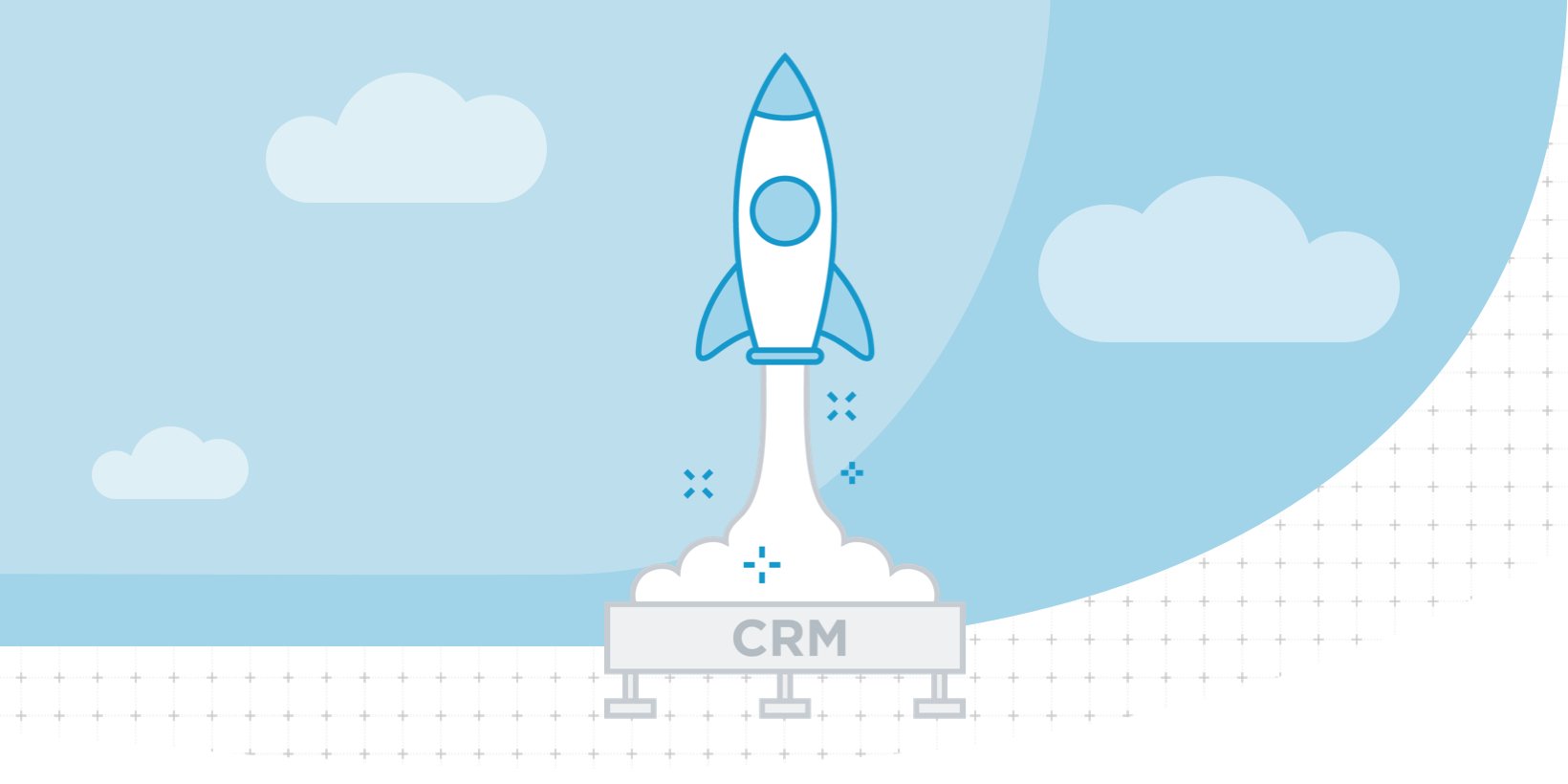When was the last time your CRM alerted you that you’re running short on pipeline for next quarter? Or showed you that the deal you're chasing is a dud? Or predicted where you'll finish the quarter 10 weeks out, while you still have time to turn it around?
Don't get me wrong, CRM is essential for business.
CRM systems provide a system of record to control transaction and account information. They are now embedded in many businesses’ accounting and reporting functions — but CRM was not designed for the modern revenue generation process.
Ramin Sayar, CEO of Sumo Logic, said it best: “I need Salesforce to run my business. I need Clari to accelerate my revenue.”
This shouldn’t be a surprise, because revenue generation has changed dramatically since CRM was introduced:
- Today’s buyer journey is non-linear, nuanced, and unpredictable, spanning across multiple parts of the revenue team.
- New revenue models require different measurement and management approaches, with metrics like recurring revenue, churn and net dollar retention now becoming key success indicators.
- And the pace of change keeps accelerating, with businesses constantly trying new growth initiatives and strategies.
Why does CRM fall short?
In this new world, CRM systems alone can’t meet the need.
- They rely on manual data entry and so are rarely up-to-date or accurate.
- They don’t track history, so they are data-starved, without enough context to “teach” machine learning algorithms.
- They don’t process all the other deal signals that live in Marketo, Outreach, Gong and other systems in your stack that can help you manage your teams and predict outcomes
- They depend on relational databases that can’t easily adapt when you launch a new product line or introduce a new growth initiative.
So what do revenue leaders and teams do?
They usually stitch together custom spreadsheets, phone calls, sticky notes, undocumented 1:1 meetings and custom reports to try to manage the revenue generation process. And although hugely inefficient, this approach is accepted by most businesses as the “way things are”.
This pain impacts the entire revenue team:
- Salespeople won’t update CRM systems,
- so leaders don’t have actionable data,
- which means sales teams are managed by intuition and storytelling
- so marketing is unaware of pipeline quality and downstream impact of marketing investments
- and customer success doesn’t have a clear view of upsell opportunity or churn risk.
It’s not always a pretty picture.
Revenue is a process, not just an outcome
Revenue generation is a business process. Like manufacturing, logistics, software development, loan approval or any other critical process in your company, it should be controlled, measured, optimized and predicted. We built Clari's Revenue Operations platform because for most organizations revenue operations is unpredictable and inefficient at best. And it doesn’t need to be that way.
Clari works alongside your CRM to manage revenue creation, growth and retention processes. It uses AI to automate CRM and eliminate do-it-yourself spreadsheets, reports, and off-line conversations to give you better forecast accuracy, more visibility into your pipeline, and control over your revenue.
High-performing revenue teams that use both CRM and Clari to operate their business don’t waste time on interrogations, debates and story-telling.
- They always know if they have adequate pipeline.
- They use revenue operations frameworks that achieve predictable revenue.
- They know how the quarter will finish.
- They take action on risky deals before it’s too late.
- They forward invest in (or contract) their business with confidence.
4 Ways Clari’s Revenue Operations Platform supercharges your CRM:
- Automation to save time and eliminate manual tasks
CRM doesn’t automatically capture all sales rep activity data from different revenue systems so you’re missing key information about your deals. You try to keep up by manually entering data and pulling ad-hoc reports, but that takes a lot of time.
Clari also automates many of the manual tasks that are bogging down your team like manual data entry, spreadsheet maintenance and back office on-demand reporting. It automatically integrates all of your sales activity in email, calendar, CRM, sales engagement platforms and other systems so you’re capturing all the critical deal data and correlating it to sales opportunities.
You get a complete real-time picture of your business so no one needs to pull reports or collate spreadsheets. Learn more about sales activity automation. - AI-powered insights to forecast where the quarter will land
One of the limitations of CRM is that it does not maintain a complete history of your transactions and therefore doesn’t have enough data for sophisticated AI and machine learning to model your business.
Your CRM may offer some version of AI but most are not easily adaptable for your business.
Clari’s Revenue Operations platform snapshots the history of every single field in your CRM and maps all your sales activity to provide predictive insights about your deals, reps, and the forecast that are based on historic patterns and past conversion rates. The analytics are purpose-built for revenue teams so it is easily consumable in every 1:1, QBR and forecast call. Learn more about Time Series Sales Forecasting. - A single view of the business
Because CRM only has partial data, it can’t provide a complete picture about the state of the business. The result is what we call a “bring your own report” situation — different teams running offline reports and spreadsheets to track important KPIs like pipeline coverage, slip rate, churn, etc...
CRM doesn’t connect the other systems used by marketing and customer success, so it perpetuates silos rather than driving cross-functional action and collaboration.
With a Revenue Operations Platform, you always know if you have adequate pipeline, where you have gaps and what you can do about it, because all of your go-to-market teams share the same view of the state of the business at week 3 and week 12 of the quarter. - “Revenue ready” system that can be tuned to your business
The way you run your sales and forecasting process is unique. Often it’s hard to customize CRM to fit the specifics of your business, whether you’re a SaaS company needing to forecast churn or looking to project revenue for multiple product lines or complex sales org hierarchies.
With a revenue operations framework you have real-time insights that are flexible to how you run your business — a system that seamlessly accounts for multiple product lines, weekly forecasts, renewals, etc... No more data entry, no more fragile spreadsheet macros or out-of-date reports that are wrong as soon as they run.
While revenue teams focus on doing “whatever it takes” to make the number, few view revenue as an end-to-end business process that can be managed and optimized for efficiency.
If you’re ready for a new way to revenue, we’re ready to charge the hill with you — request time with one of our revenue operations experts today.


